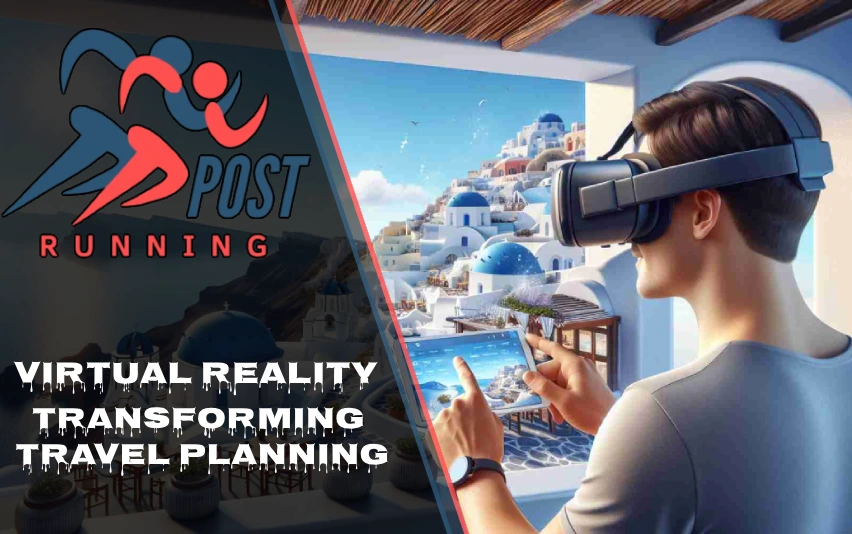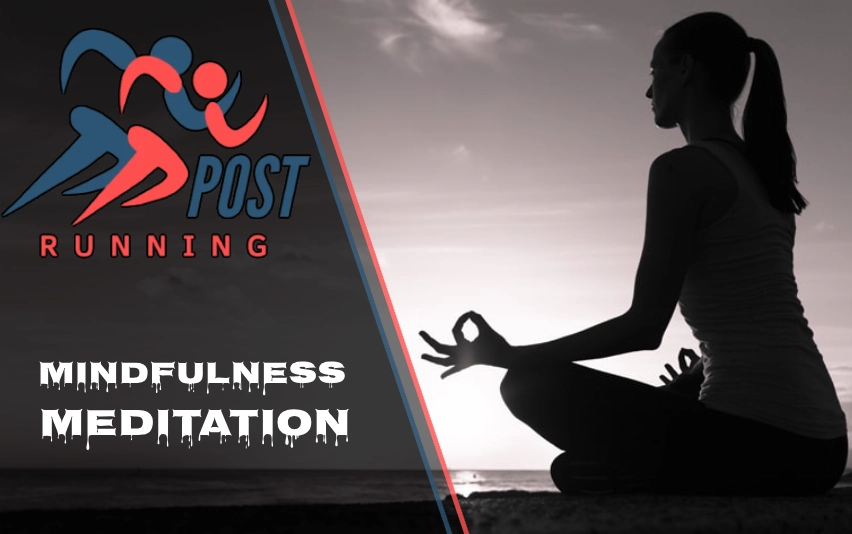Virtual Reality (VR) is revolutionizing the way we plan our travels, offering immersive experiences that are changing the game for both travelers and the tourism industry. This technology is transforming travel planning by providing realistic previews of destinations, accommodations, and activities, all from the comfort of your home. Let’s dive into how Virtual Reality is transforming travel planning and reshaping the future of tourism.
Introduction
Gone are the days when planning a trip meant flipping through glossy brochures or scrolling through endless online reviews. Virtual Reality has burst onto the scene, offering a whole new dimension to travel planning. It’s like having a magic carpet that can whisk you away to far-off lands before you’ve even packed your bags.
VR technology in tourism isn’t just a fancy gimmick. It’s becoming an essential tool for modern travelers who want to make informed decisions about their trips. Imagine being able to ‘try before you buy’ when it comes to your vacation – that’s the power VR brings to travel planning.
What is Virtual Reality in Travel Planning?
So, what exactly is VR in the context of travel? Simply put, it’s a technology that creates a simulated environment, allowing users to interact with 3D worlds that represent real destinations and travel experiences. It’s like stepping into a living, breathing postcard of your dream vacation spot.
Key features of VR travel experiences include:
- Immersive 360-degree views of destinations
- Interactive elements that let you explore at your own pace
- High-quality visuals and audio that make you feel like you’re really there
- The ability to ‘visit’ multiple locations in a single session
These features combine to create a powerful tool that’s changing the way we think about and plan our travels.
Benefits of VR in Travel Planning
The benefits of using VR for travel planning are numerous and game-changing. Let’s break them down:
Enhanced Destination Previews
VR offers a level of detail and immersion that traditional photos and videos can’t match. You can virtually walk down the streets of Paris, explore the ruins of Machu Picchu, or dive into the Great Barrier Reef – all before booking a single thing.
Improved Decision Support
With VR, you can make more informed decisions about where to go and what to do. It’s like having a crystal ball that shows you exactly what to expect from your trip.
Reduced Pre-travel Anxiety
For many, the fear of the unknown can be a major source of travel anxiety. VR helps alleviate this by familiarizing travelers with their destinations in advance.
Time and Cost Savings
VR allows you to ‘visit’ multiple destinations quickly, helping you narrow down your choices without spending time and money on exploratory trips.
Increased Accessibility
For those with mobility issues or other constraints, VR offers a way to experience destinations that might otherwise be out of reach.
How VR Enhances the Travel Planning Process
Virtual Reality isn’t just changing how we plan trips – it’s enhancing every step of the process.
Immersive Destination Exploration
With VR, you can wander through cities, hike mountain trails, or lounge on beaches from your living room. It’s like having a personal tour guide who can teleport you anywhere in the world.
Virtual Hotel and Accommodation Tours
No more surprises when you check in! VR lets you explore hotel rooms, vacation rentals, and other accommodations in detail before you book.
Simulated Activities and Attractions
Want to know if that bungee jump is really for you? VR can give you a taste of the experience without the real-world risk.
Personalized Travel Experiences
VR platforms can learn your preferences and suggest tailored experiences, making your virtual exploration feel like it was designed just for you.
Impact on Travel Industry
The travel industry is feeling the ripple effects of VR technology in a big way.
Marketing and Customer Engagement
Travel companies are using VR to create immersive marketing campaigns that capture attention and inspire wanderlust like never before.
Increased Booking Conversions
When travelers can virtually experience a destination, they’re more likely to book. It’s like turning window shoppers into confident buyers.
Tour Optimization and Package Development
Tour operators are using VR to test and refine their offerings, ensuring they’re providing the best possible experiences for their customers.
Customer Satisfaction and Loyalty
By setting realistic expectations and helping travelers make informed choices, VR is leading to happier customers who are more likely to become repeat visitors.
VR Technologies Used in Travel Planning
The VR revolution in travel planning is powered by a range of cutting-edge technologies:
360-degree Videos
These immersive videos allow you to look around in any direction, giving you a full view of a destination or experience.
Interactive 3D Environments
More advanced than videos, these allow you to move through virtual spaces as if you were really there.
Virtual Guided Tours
These combine the best of traditional guided tours with the flexibility of VR, letting you explore at your own pace with expert commentary.
Augmented Reality (AR) Applications
While not strictly VR, AR apps can overlay digital information onto the real world, enhancing your understanding of a destination.
Challenges and Limitations
Despite its potential, VR in travel planning isn’t without its hurdles:
Technology Adoption Barriers
Not everyone has access to VR equipment, and some may find the technology intimidating.
Content Creation Costs
Producing high-quality VR content can be expensive, which may limit the number of destinations and experiences available.
Potential for Unrealistic Expectations
There’s a risk that VR experiences might set unrealistically high expectations that the real world can’t match.
Future Prospects of VR in Travel Planning
The future of VR in travel planning looks bright and exciting:
Integration with AI for Personalized Recommendations
Imagine a VR system that learns your preferences and creates custom-tailored virtual trips just for you.
Advancements in Haptic Feedback and Sensory Experiences
Future VR might let you feel the sand between your toes or smell the salt in the sea air, making the experience even more immersive.
Expansion into Virtual Travel as a Standalone Experience
For some, virtual travel might become a replacement for physical travel, offering new possibilities for exploration without the environmental impact.
Conclusion
Virtual Reality is transforming travel planning in ways we could only dream of a few years ago. It’s making the process more immersive, informative, and enjoyable. As VR technology continues to evolve, we can expect it to become an even more integral part of how we plan and experience travel.
The future of travel planning is here, and it’s virtual. Whether you’re a seasoned globetrotter or a nervous first-time traveler, VR is set to change the way you think about and plan your adventures. So, the next time you’re dreaming of a getaway, why not take a virtual trip first? You might be surprised at where it leads you.
Discover more fascinating insights—explore Running Posts today.















